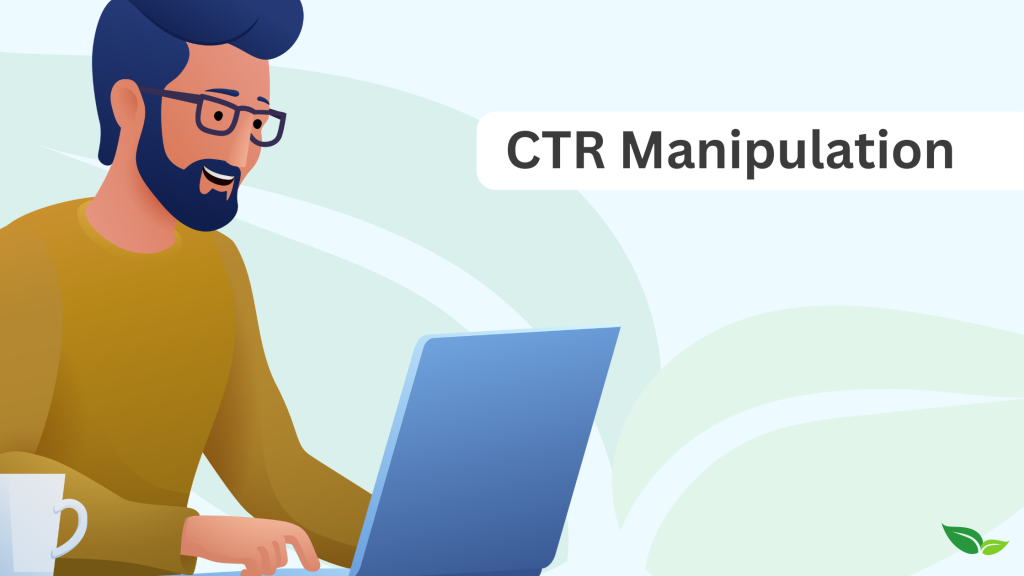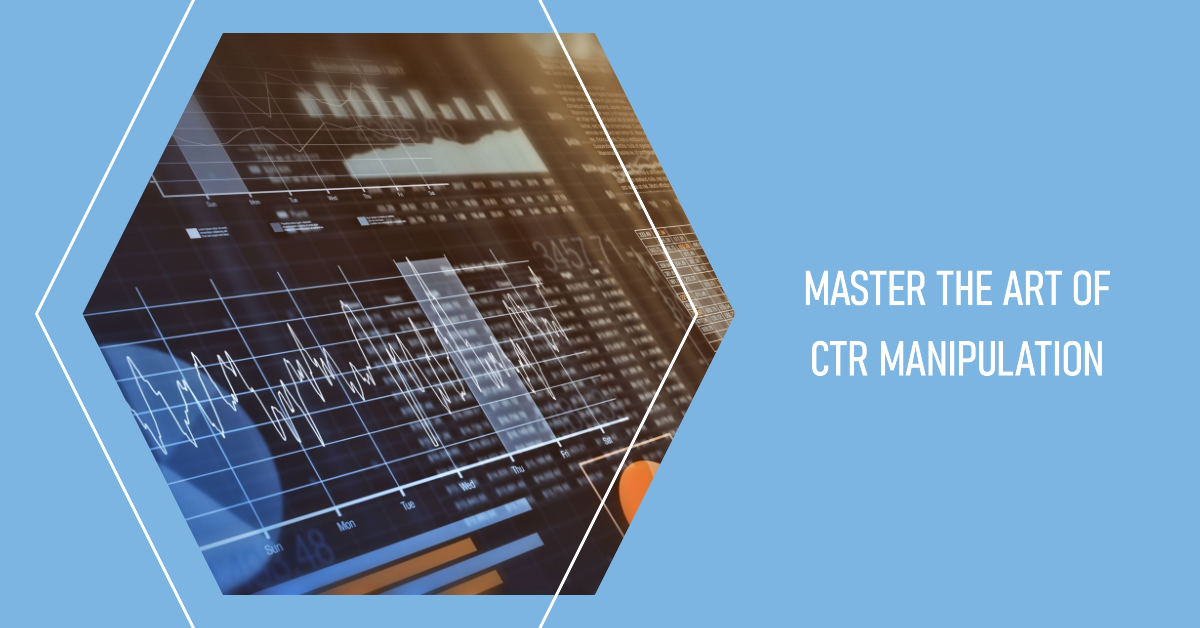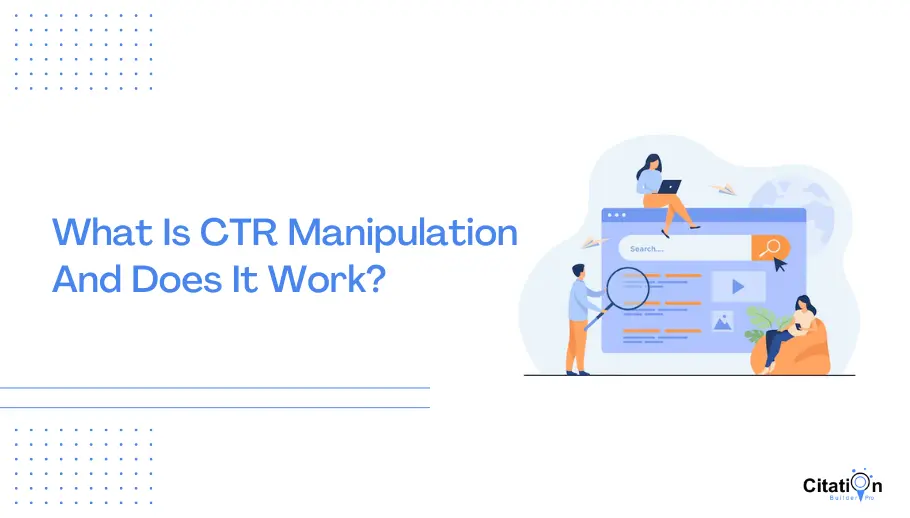Reliable CTR Manipulation Approaches to Increase Internet Site Website Traffic
Achieve Greater Ad Success With Strategic CTR Control
In the realm of electronic advertising and marketing, achieving greater success pivots significantly on the critical control of click-through rates (CTR) By fine-tuning different campaign elements-- varying from advertisement duplicate to aesthetic allure-- marketing professionals can improve engagement and drive conversions. This search of raised CTR need to be stabilized with ethical factors to consider and industry regulations to promote trust fund and guarantee lasting success. As we explore the nuances of CTR optimization, it comes to be evident that the course to effective advertisement campaigns is more intricate than it appears, exposing critical understandings that could transform your approach.
Understanding Click-Through Price
Click-through rate (CTR) is a crucial performance metric that quantifies the efficiency of digital advertising campaigns by measuring the proportion of customers who click a certain web link to the variety of overall individuals who view the associated material. This metric works as an indicator of exactly how well a campaign reverberates with its target audience, showing the appeal of the web content and its call-to-action.
CTR is normally expressed as a percentage, calculated by separating the variety of clicks by the variety of impressions and multiplying by 100. A higher CTR shows that individuals find the content engaging and appropriate, while a reduced CTR may suggest a need for improvement in content top quality, targeting, or presentation.
In addition, CTR can vary substantially across various platforms and layouts, such as email advertising, social media, and present advertisements. Analyzing CTR alongside other metrics, such as conversion rate and interaction level, provides deeper insights right into user actions and general project performance.
Relevance of CTR in Advertising And Marketing

In addition, CTR plays an essential duty in maximizing marketing expenses. Marketing platforms, such as Google Advertisements and Facebook Ads, utilize CTR as a crucial element in identifying advertisement positioning and cost-per-click (CPC) A higher CTR can lead to reduced CPCs, taking full advantage of spending plan performance and boosting return on investment (ROI)

Strategies for CTR Optimization
Optimizing Click-Through Price (CTR) is necessary for advertisers seeking to enhance the efficiency of their projects. Implementing targeted methods can considerably boost CTR, eventually leading to much better advertisement efficiency.
Firstly, refining ad duplicate is vital. Crafting engaging headings and clear contact us to activity (CTAs) can bring in individuals' attention and encourage clicks. Using action-oriented language and emphasizing value propositions can efficiently reverberate with the target market.
Secondly, employing A/B screening is important. By try out different elements such as visuals, copy, web and placement, advertisers can recognize which mixes generate the highest possible CTR. This data-driven technique allows continuous optimization of advertisement material.
Thirdly, optimizing targeting criteria is vital. By tightening the audience based on demographics, passions, and actions, marketers can guarantee their ads get to those probably to involve, consequently boosting the likelihood of clicks.
Finally, leveraging aesthetic try this aspects can improve interaction. Attractive images or video clips that complement the ad message can draw focus and improve CTR.
Analyzing CTR Performance Metrics
Recognizing the nuances of CTR efficiency metrics is essential for advertisers aiming to gauge the efficiency of their projects. Click-through price (CTR) acts as a key sign of audience interaction, showing the proportion of users who engage with an ad about just how numerous times it was displayed. A high CTR commonly recommends that the ad resonates well with its target market, while a low CTR may show a demand for tactical changes.
To assess CTR performance efficiently, advertisers must think about different elements, including the placement of the ad, the importance of the material, and the target group. Segmenting information by device kind or geographic area can supply much deeper insights into individual behavior and preferences. Comparing CTR across various projects and systems can help determine best-performing strategies and locations for enhancement.
Consistently keeping track of and analyzing these metrics makes it possible for marketers to make data-driven choices, optimizing their projects for enhanced performance. By comprehending the context behind CTR numbers, marketers can refine their messaging and innovative techniques, ultimately driving better outcomes and attaining higher ad success.
Moral Factors To Consider in CTR Control

In addition, marketers ought to consider the effects of targeting prone populations - CTR Manipulation Press Release. Manipulative techniques that exploit psychological triggers or develop incorrect seriousness can result in customer backlash and honest examination. Rather, marketers ought to focus on supplying genuine value through pertinent web content that resonates with their target market
Involving in deceptive methods not just runs the risk of lawful effects but also weakens the integrity of the marketing ecological community. By cultivating a setting of honesty and accountability, marketers can boost their CTR while keeping honest requirements.
Conclusion
In conclusion, tactical control of click-through rates (CTR) is essential for improving advertisement efficiency and driving conversions. By utilizing strategies such as refined advertisement duplicate, engaging visuals, and targeted A/B screening, marketing professionals can successfully involve target markets. Nevertheless, it is imperative to promote moral requirements, making sure that advertisements properly stand for products and keep openness. Complying with these concepts not only promotes consumer trust fund but likewise adds to sustainable development within the marketing landscape.